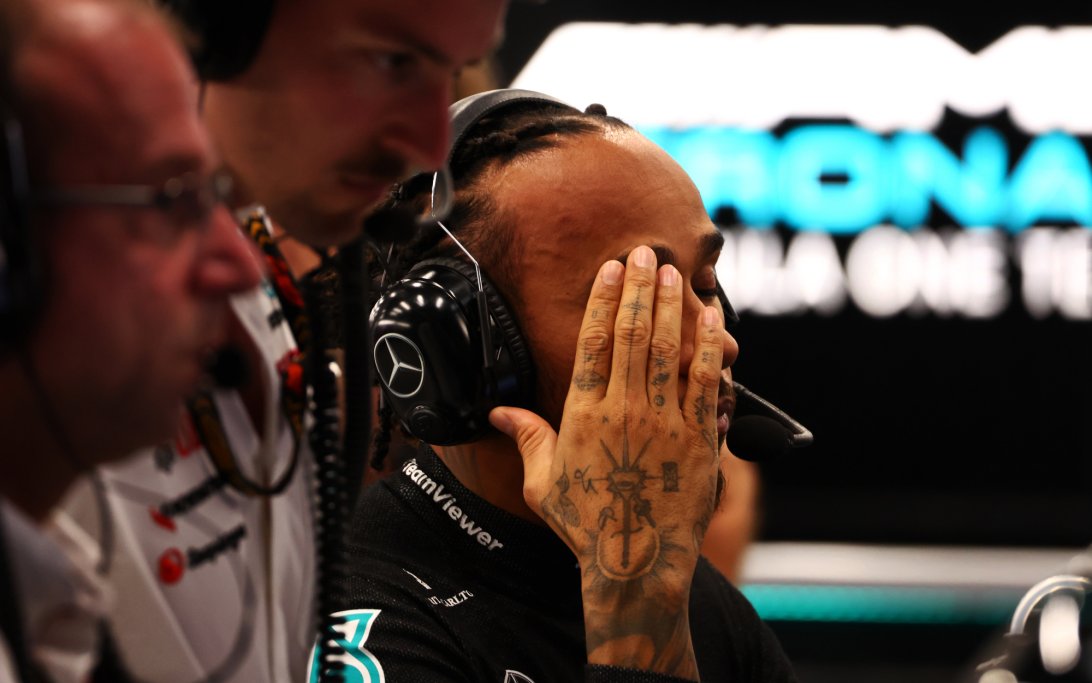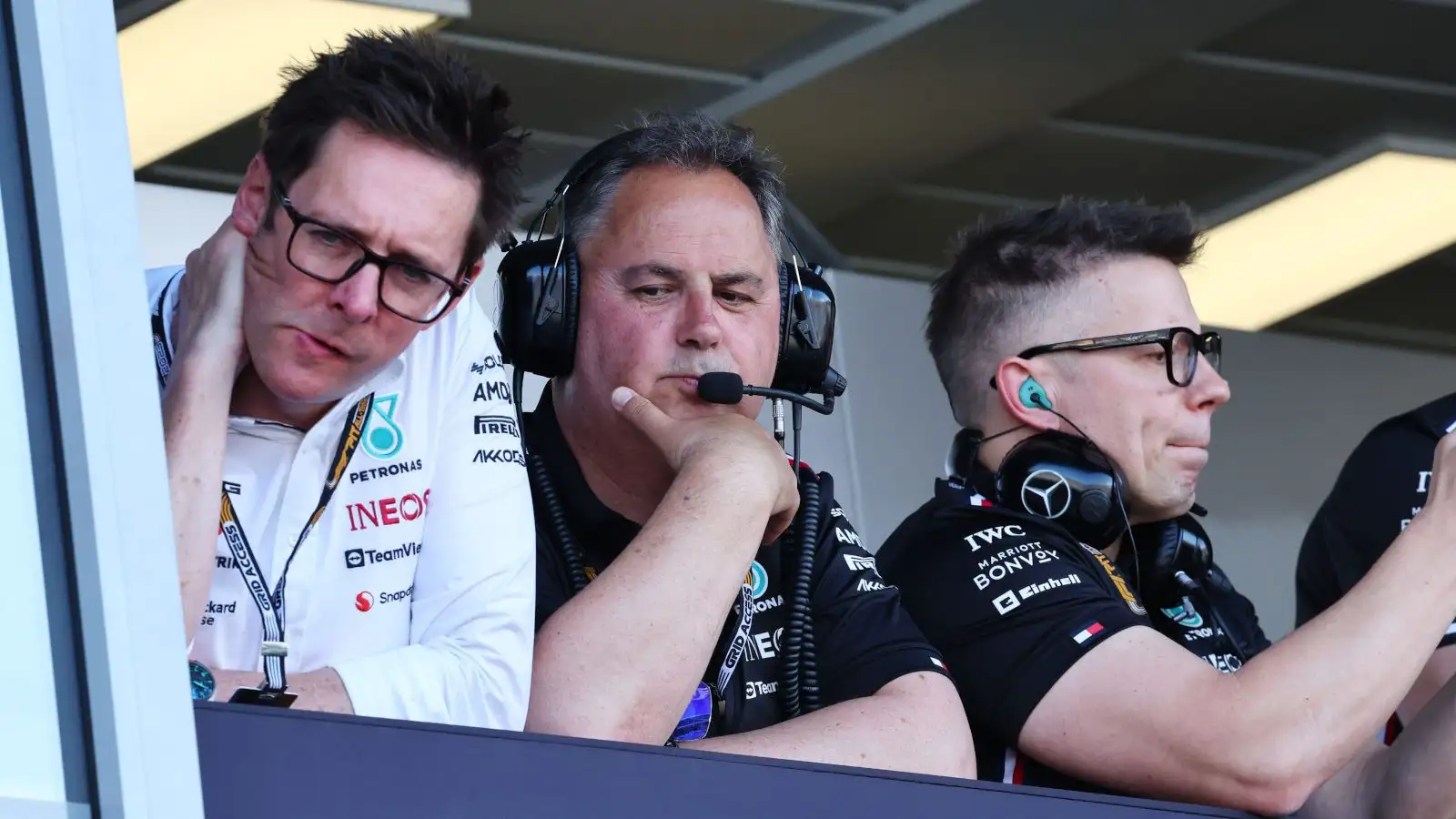Mercedes Aims to Address High-Speed Cornering Weakness Ahead of Australian Grand Prix

Mercedes’ trackside engineering director, Andrew Shovlin, has revealed that the team is intensifying efforts to enhance performance in a crucial area: high-speed corners.
Following observations at the Jeddah circuit, Shovlin acknowledged that Mercedes’ competitors, including even the Alpine car, exhibited superior performance in high-speed corners, pinpointing an area demanding immediate attention for the Silver Arrows to maintain their competitive edge.

“It’s a few things,” he said. “One of them was the balance wasn’t great. So those very fast corners, the walls aren’t particularly far away. So the ones where the driver wants a lot of confidence, and quite often we were snapping to oversteer if they really leant on the tyres. And that… you can easily imagine how unsettling that is for the drivers.
Shovlin delved into the underlying issues contributing to Mercedes’ struggle in high-speed corners, citing balance concerns and insufficient grip as primary factors.
He emphasized the unsettling nature of the car’s tendency to snap into oversteer under significant pressure, especially in close proximity to track walls—a predicament affecting both qualifying and race conditions.

Additionally, Shovlin highlighted the impact of bouncing, particularly prevalent in qualifying sessions, though less pronounced during races due to increased fuel load and reduced speed.
“Now, that was a factor in qualifying and the race. In qualifying we were also suffering a bit with the bouncing. Now that was less of a problem in the race. There’s more fuel on the car. You’re going a bit slower. And that seemed to calm down and wasn’t such an issue. And then the big one is we don’t really have enough grip there.”

Despite the upcoming Australian Grand Prix presenting a less rapid circuit than Jeddah, Shovlin affirmed that Mercedes remains committed to addressing this weakness. With Melbourne’s track layout featuring similar characteristics to Jeddah’s Corniche Circuit, the team is actively pursuing solutions to bolster performance in high-speed corners.
“So that’s one of the things that we are working hard on this week because Melbourne has similar nature of corners,”
“We’re doing a lot of work to try and understand why did we not seem to have the grip of some of our close competitors,” Shovlin remarked, emphasizing the concerted effort to bridge the performance gap.

Leveraging insights from the Jeddah race, Bahrain events, and subsequent testing sessions, Mercedes is devising a comprehensive plan to optimize performance for the upcoming Grand Prix in Melbourne.
Shovlin underscored the collaborative approach across multiple departments within Mercedes, with a particular focus on aerodynamics and vehicle dynamics. By synthesizing data and conducting targeted experiments, the team aims to refine the car’s performance characteristics, ensuring a competitive showing at the Australian Grand Prix and beyond.

“There’s a lot of work going on within aerodynamics department, vehicle dynamics department. We’re trying to design some experiments there that will hopefully give us a direction that’s good for performance.”
As Mercedes endeavors to maintain its competitive stature in the Formula 1 landscape, the meticulous attention to addressing high-speed cornering weaknesses underscores the team’s relentless pursuit of excellence on the track.